There is (no)an alternative to the electronic exhaust control RAVE, called the Pneumatic RAVE2. It is often declared as a tuning accessory on the aftermarket or in various forums and is advertised with strange properties.
Background
Originally the RAVE2 was the exhaust control of the Rotax 127 engines (installed in 1987 on the Aprilia AF1 125), which was later replaced by the electronic exhaust control due to lack of precision. There is a reason for this.
The RAVE2 is still used today for karting on the Rotax-Max engines and has its right to exist there. One should understand that an engine in karting is driven differently than a motorcycle in road traffic, which too often consists just of traffic jams or longer journeys with low speed.
However, this part is sometimes sold as kind of a special tuning part for the RS 125, with claims such as it would have significant advantages over the conventional, electronic exhaust control system.
Pictures
I just bought, fitted and tried a RAVE2 – and this is how it looks like:
Functionality
The RAVE2 consists of a diaphragm with a spring, the preload of which can be adjusted at the red wheel. If the exhaust gas pressure on the diaphragm is high enough and the force therefore greater than the adjustable spring force, the theory is that the valve opens.
In general, this system works in such a way that the pressure in the exhaust acts on a surface that converts this gas pressure directly into a force that is proportional to the pressure. This is opposed by a spring force, which in turn depends only on the spring compression. Even if the spring preload is already acting, the spring force is still stroke-dependent. The additional static frictional forces that occur, which are mainly caused by combustion residues, are not linear. As a result, this pneumatic control system never opens and closes at an exact time, but has a characteristic curve with hysteresis. The pulsating pressure in the exhaust can counteract this hysteresis problem, but the valve will not only remain fully open or closed, but will also have intermediate positions over a certain range.
Engine RPM Setting
The RAVE2 is therefore often advertised with the possibility to adjust the opening engine RPM – which is not wrong in principle. However, there is a lack of precision here, the pressure is not only dependent on the engine speed. Depending on position of throttle the mass flow changes, which always results a change of back-pressure in exhaust. This in turn is not as dramatic as it sounds, because outside of full throttle driving you are not dependent on absolute precision on this part anyway.
More problematic are long-term effects of combustion residues and unburned oil residues, which generally clog the outlet slide valve. The electronic exhaust control doesn’t really care if it needs a little more or less force, it is simply pulled. The pneumatic version, on the other hand, has to overcome the static and sliding friction, which is significantly influenced by those combustion residues and oil residues. This is the main difference in karting: Here you can simply remove and clean the part after the drive. Due to the higher enginge performance, combustion and oil residues should be less of a problem here anyway.
And: As already explained in the article on the function of the exhaust control valve, there are only two legal states of the exhaust valve on the RS 125. Either Open or Closed. In intermediate positions, the control times or compression would not be influenced, but the slider would be a barrier to the exhaust gas flow. Such a barrier will definetely reduce the engine performance.
If you only want to react to a higher resonance speed and open the exhaust control later, you can do this by replacing the control unit.
Integration and fitting
For mounting the RAVE2 “only” one hole has to be drilled parallel to the slot of the outlet slide. Earlier cylinders of the Rotax 123 engine already have a closed bore here, which only needs to be redrilled. For the Rotax 122 the seal of the RAVE2 can be used as a template.
The drilled hole doesn’t neet to be large, 3 or 4 mm diameter are suitable. The following picture shows an old Rotax 123 cylinder with an re-opened hole for the RAVE2.
The polini cylinder kit already has a larger hole in which a small nozzle is inserted when installing the RAVE2.
Drilling a hole in the cylinder sounds as recommendable as it actually is. You don’t “just” do that. The hole can be drilled with a good pillar drill and suitable clamping devices without difficulties in the removed cylinder. Unfortunately not everyone has such machines in their workshop at home and the cylinder disassembly is not as easy and quick as some might imagine. Therefore the advantage of the “simple retrofitting” is to be enjoyed also something with caution.
Under no circumstances should this be done with a hand drill and under no circumstances directly on the installed cylinder. The cylinder must be removed and cleaned after drilling. Metal chips in the crankcase can and will quickly lead to engine damage.
Pros and Cons
The really big advantage of the RAVE2 is that you can buy the RAVE2 at the same price as a single exhaust valve. While a single slider already costs about 180 $, the RAVE2 is available for about 200 $. The upgrade for an RS, which has not installed any components of the exhaust control, is, purely from the acquisition costs, substantially cheaper.
The The possibility of setting the opening speed is not necessarily an advantage due to a lack of precision – for a desired higher opening speed there is also the electronic control unit with an opening speed of 8,400 rpm instead of 7,800 rpm.
The weight of the RAVE2 is also lower than all the electronic exhaust control componets.
An advantage that is also often mentioned is that the RAVE2 does not open immediately and as fast as the electronic exhaust control. This makes the motor run quieter when opening, according to some people. This is also true, but at the expense of performance. The otherwise existing power peaks in the range of opening speeds, which are perceived as jerky, are missing, the power is lower there.
Conclusion
I definitely recommend electronic exhaust control, especially for everyday use on road biking. If you have to upgrade a RS 125 with a missing exhaust control, you should not skip on the cost of the original parts.
For the reasons mentioned above, the precision does not come close to the electronic exhaust control, regular maintenance is unavoidable anyway. And: How can it actually fit together that on the one hand the part is certified with a precisely adjustable opening speed and on the other hand it is said that the slider does not open immediately but “slowly” or “temporarily”?
The part has its reason of existance and the advantages and disadvantages mentioned above. There are drivers who appreciate that no power peaks of around 8,000 rpm may occur, but I’ve never encountered that problem so far. The RAVE2 is definitely not a “tuning” article.

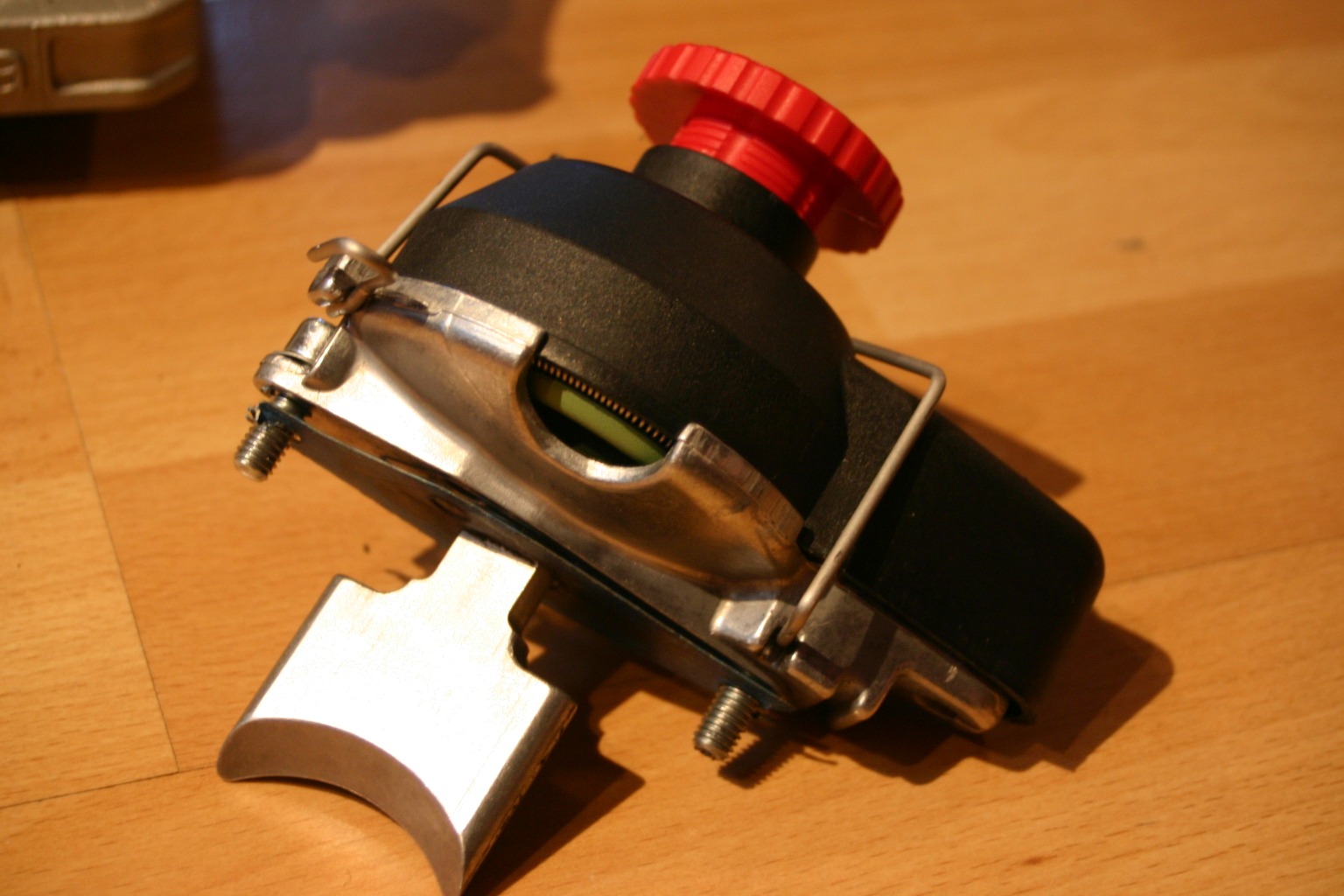

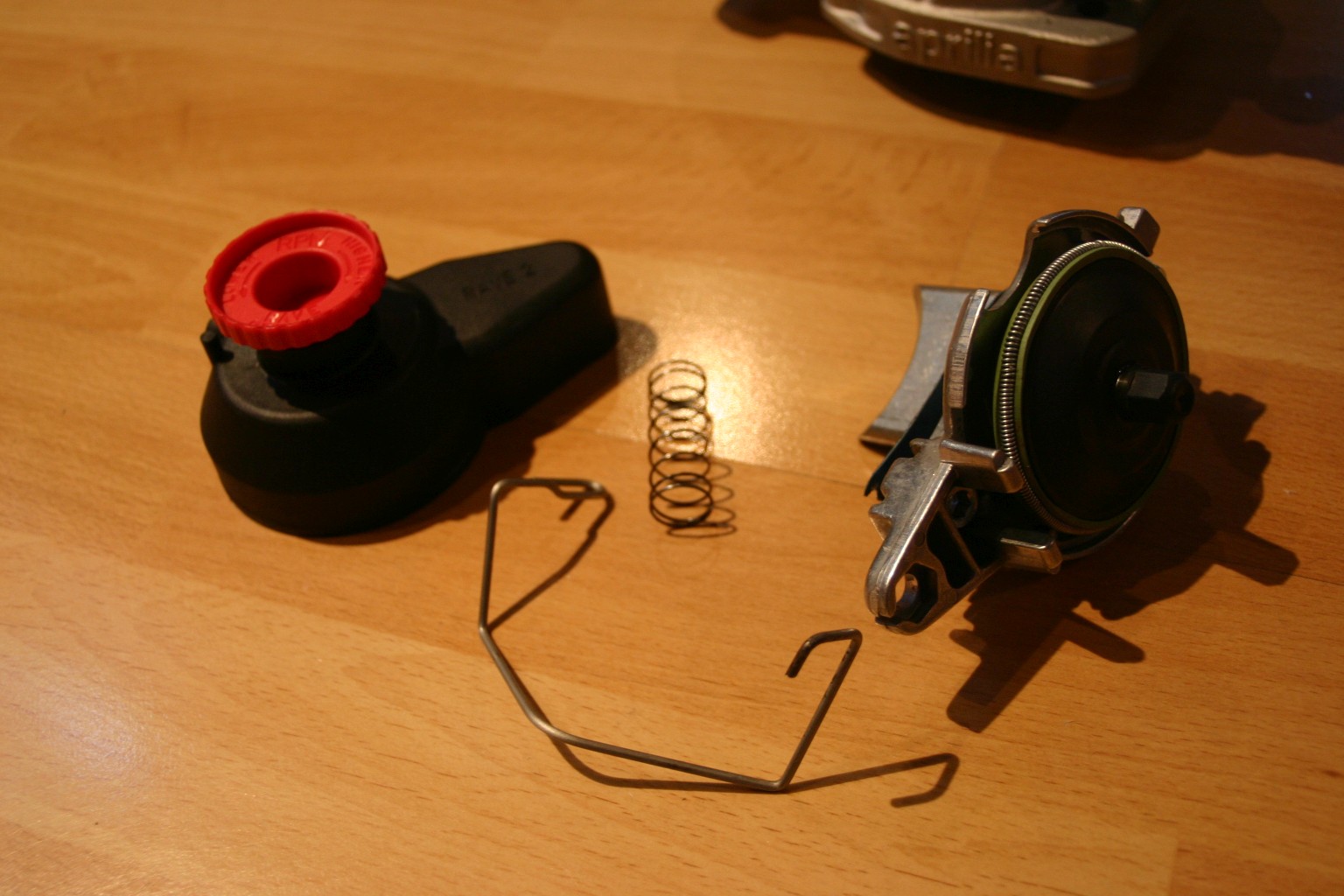

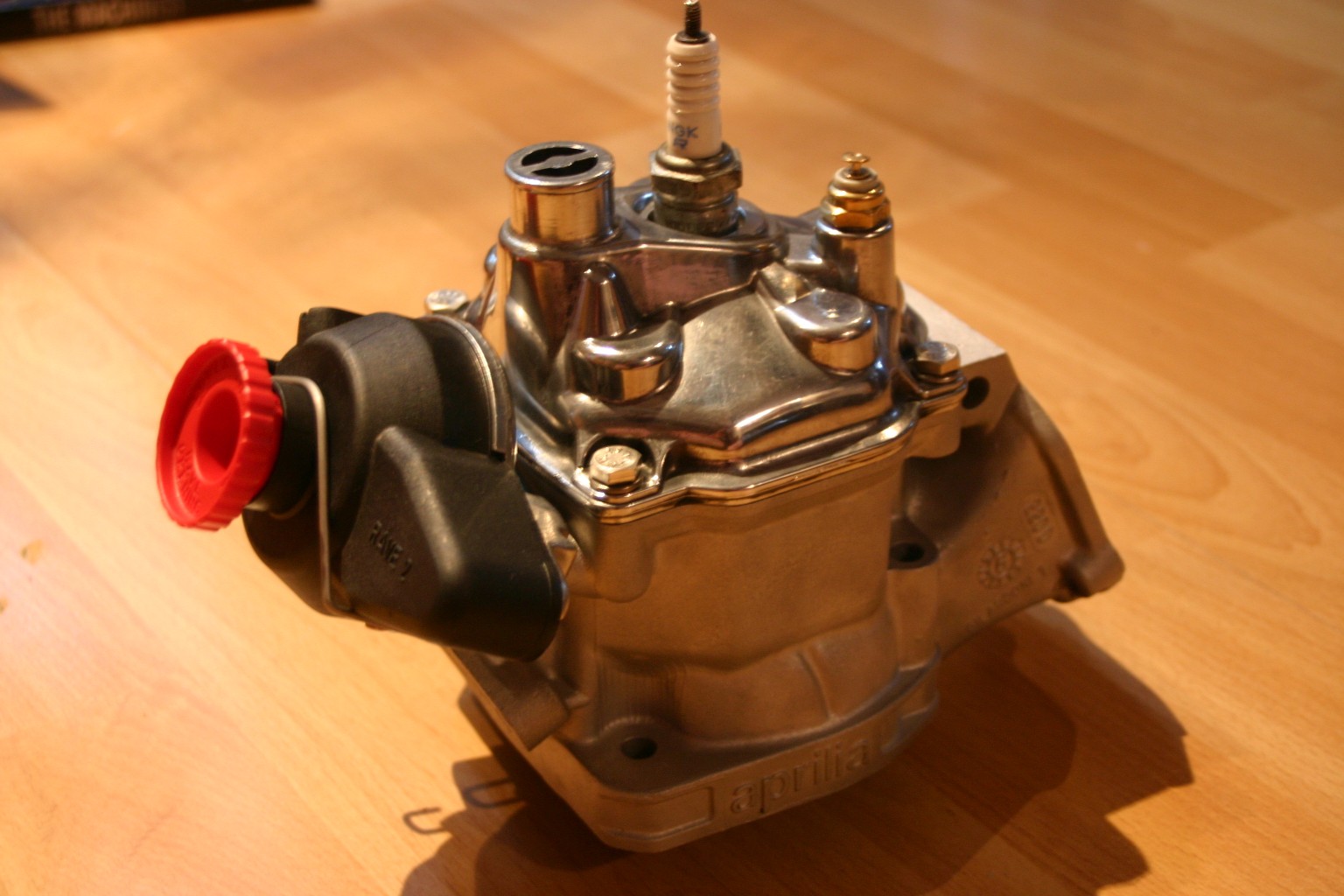
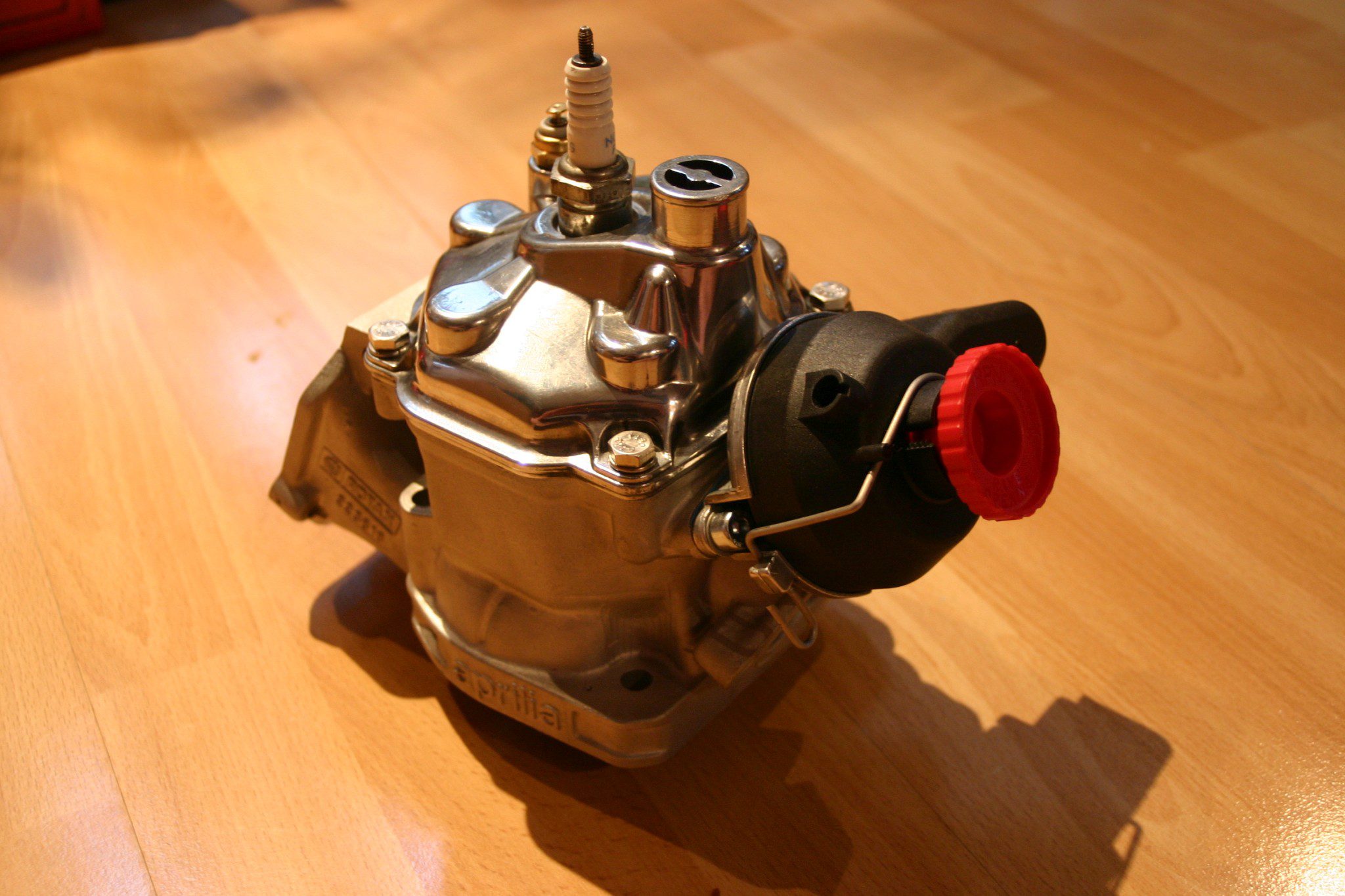
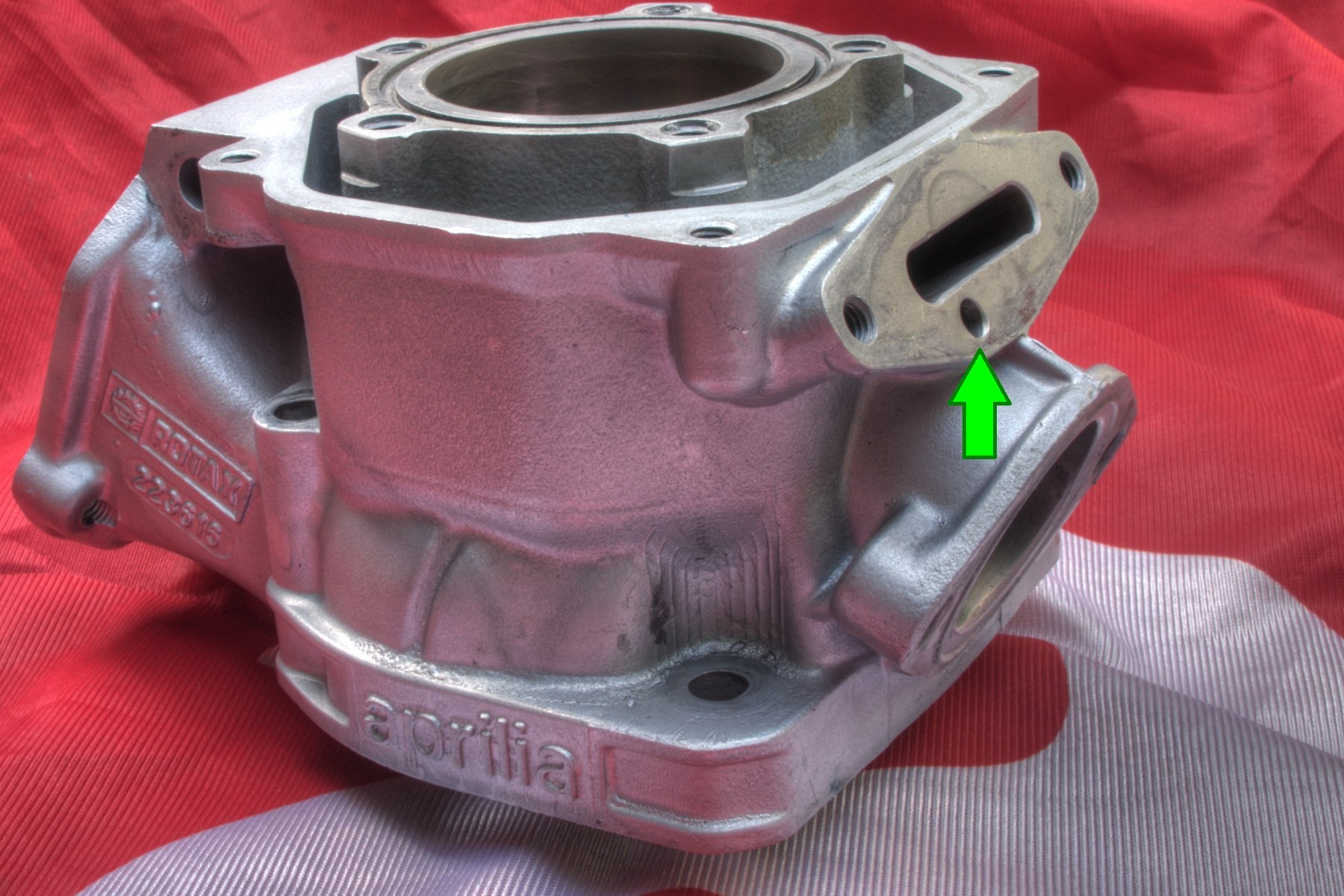
My rs125 rave2 power valve is getting stuck in the cylinder